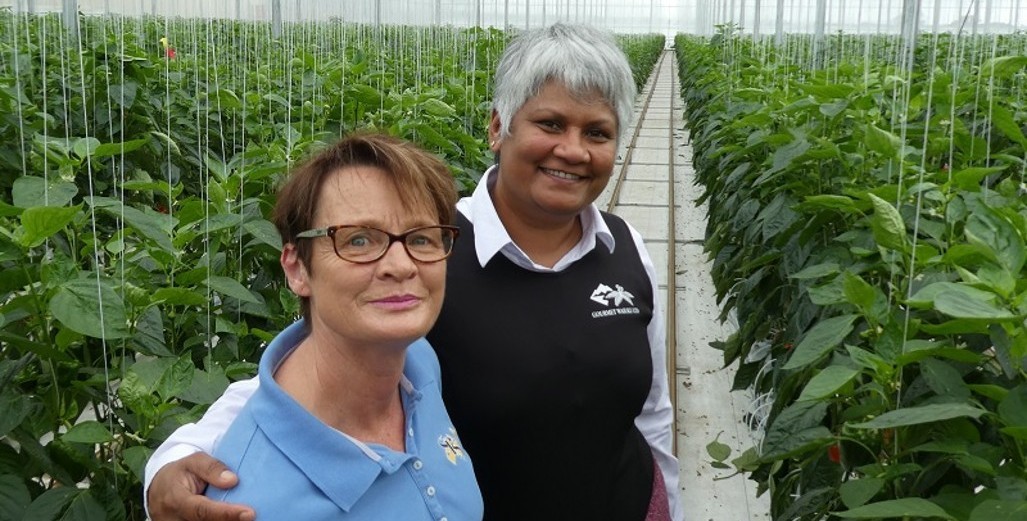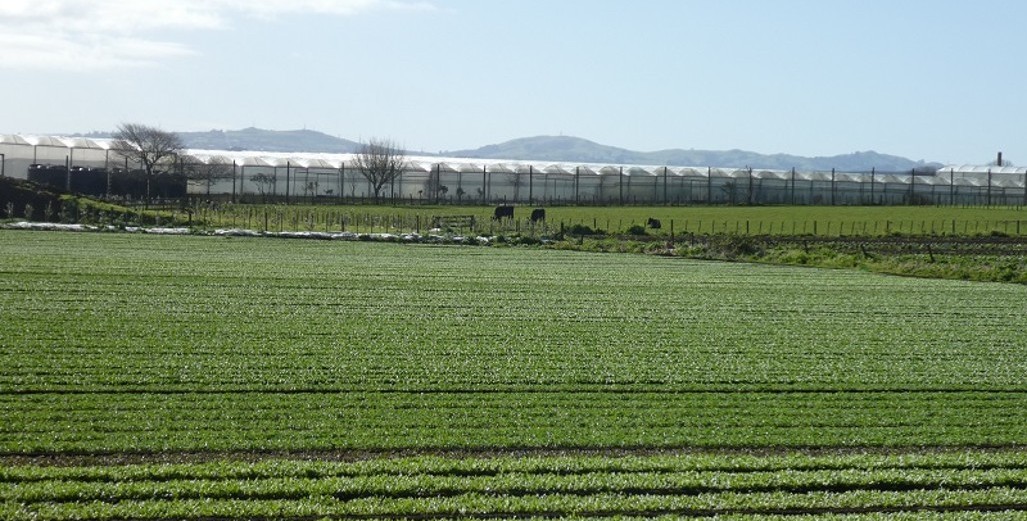Nursery Assist
The last in this series of technical articles supplied by Paddy de Vries.
As for nurseries, some of the main problems during the cooler, shorter and cloudy days are Damping off, various decline diseases and Fungus Gnats are some of the challenges in winter and early spring.
Damping Off:
Identification
Stems turn brown just above the medium level, patches of seedlings start falling over.

.jpg)

Prevention
Damping Off (mainly Pythium spp.) thrives in cool or cold, dark or cloudy, wet or damp conditions and prefers anaerobic root conditions. The pathogen can be spread via air, water and mechanical transfer, and spreads very quickly from one seed tray to another.
The spores “take root” in your medium and quickly spreads across the seed tray, jumping to other trays with ease, mainly due to droplet splash. It is fatal to young seedlings, nipping them off at the soil level.
As with other plant diseases, prevention is the best means of treatment. Follow the do's and don’ts listed below.
- If Damping Off does take hold in your seed trays, act immediately.
- Remove diseased sections to minimize the spread.
- If it has affected a significant number of plants, replant in new medium and disinfect containers.
- Do not re-use the medium.
- Either use new containers, or sterilize the ones you were using.
- 2nd and subsequent use trays (especially the porous low density polystyrene types) are a major cause of root disease
- Trays can be treated with one of the copper tray sealing dip products (“QAC’s” and steam). These products have a disinfectant effect, prevents roots from penetrating the tray walls (where the disease spores are waiting) and prevents root caging.
- Fungus Gnat, the taxi cabs of many nursery diseases, love nurseries due to the almost continuous wet conditions as well as the permanent availability of perfect egg laying positions in the structure (soil floors, standing water, algal growth on the floors in pathways and below the benches, corners of structures, wet algae covered medium of longer standing trays in winter). See section above re. Fungus Gnat.
Treatment and actions:
- Many registered products are available, both organic and inorganic.
- Often the slower soft approach of disease and insect control is the winner. The root medium can be inoculated with beneficial organisms e.g. Trichderma harzianum and T. asperelloides, Beauvaria bassiana and others: Root stimulation plus antagonism to pathogens (antibiotic effect) and insect larvae (parasitic effect). Much work has been done on the positive effects of inoculating Mycorrhiza, helping plant roots cope with difficult conditions such as cold roots (e.g. increased P uptake).
- Over irrigation and dense mediums is a killer (anaerobic conditions). Plan fertigation and irrigation pulses to water and not drown.
- Hygiene principles are of cardinal importance: Clean tools, floors, personnel clothing, hands & feet, structures, medium, dust control, footbaths and hand sanitizing stations are but some of the points that should be investigated to see if they could be a source of infection or spread. (see sections above re hygiene).
- Visitors can be a major source of the introduction of a new pathogen or even a more virulent strain of what is already there. More care must be taken with the prior movement of visitors and the cleanliness of clothing, hands and feet.
Paddy de Vries a hydroponic specialist in South Africa will be visiting New Zealand in October. Paddy has been in the South African covered crop industry since graduating from The University of Stellenbosch in 1987 with a BSc Agric and 2 BSc Hons. degrees. He has vast experience and has supplied me with insights into the South African greenhouse industry. Paddy wrote an excellent newsletter regarding 'production pitfalls'. Paddy has allowed Grower2Grower to publish this newsletter in a series of articles. The technical nature of the articles is relevant and applicable for NZ growers.
“The best approach to preventing a problem from taking hold, and painstaking process of ridding the crop of the malady is a three-pronged approach: Identification, prevention and, unfortunately for those infected, treatment” Paddy de Vries.
Article content “Brought to you by Intens Agri Hydro” For more information, feel free to contact Paddy de Vries or Liandra von Below de Vries at: Liandra.vonbelow@gmail.com or telephone +2783 420 1392
I appreciate your comments. Please feel free to comment below or on the grower2grower Facebook page:
https://www.facebook.com/StefanGrower2grower/
Article formatted by Stefan Vogrincic, Consultant, Grower2Grower



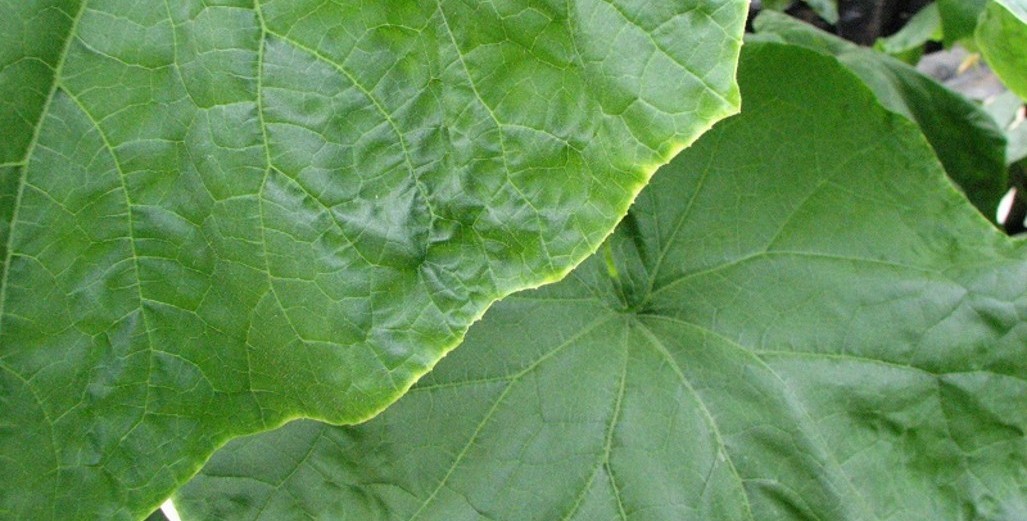



.jpg)




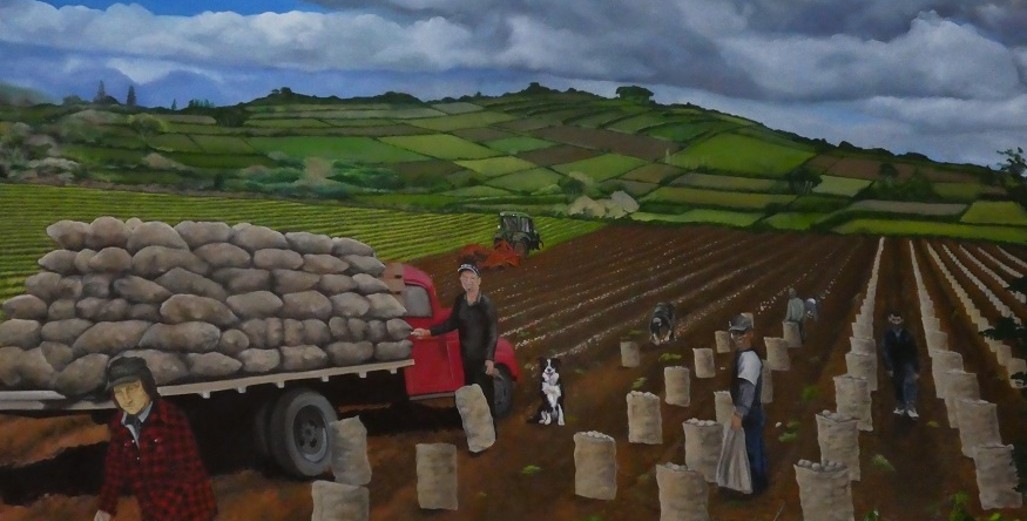

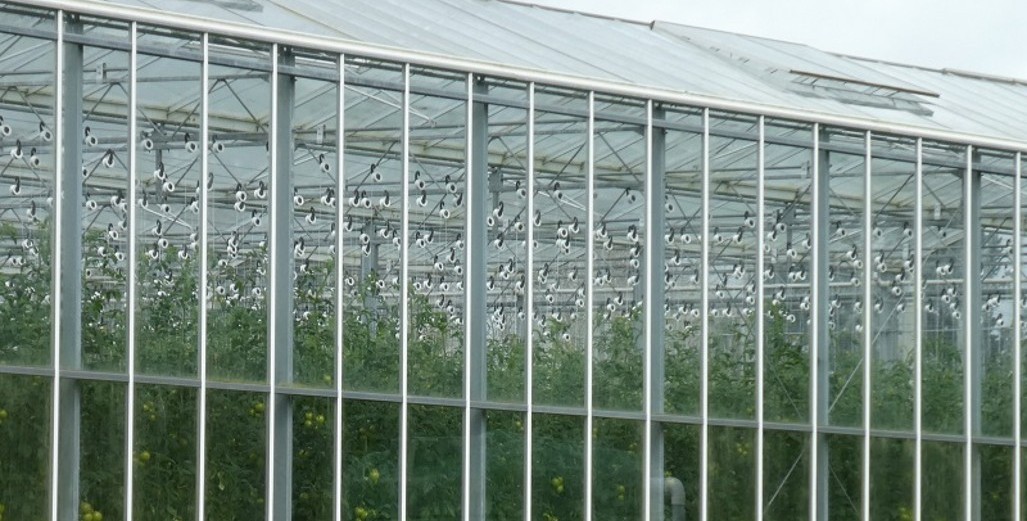










.jpg)



